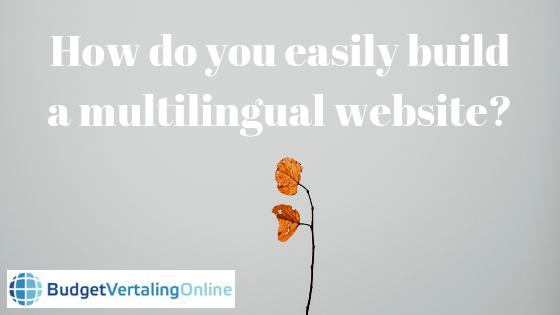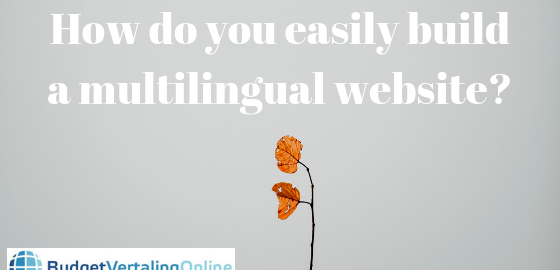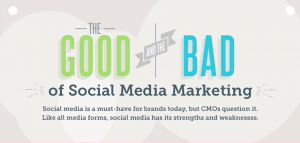— January 16, 2019
I have already talked about how machine translations can only be a solution when you have user-generated content on your website. You should really use a professional translator for all your other texts. It is nice to see that webmasters agree with me. For instance, Nowweb.nl warns you not to use (free) translation tools. Because you often see the perspective of a translator on this blog, I think it is interesting to show you how webmasters look at a multilingual website in this blog post. This way, you have all the information you need if you are looking for a multilingual website for your company.

What is the use of a multilingual website?
Nowweb.nl indicates that nowadays, web shops sell internationally more and more, which is certainly interesting for Dutch people. After all, the Dutch market is not that big. To be able to reach (potential) customers beyond our borders, it is important to speak their language.
Therefore, many Dutch people who own a website opt for at least a bilingual website: Dutch and English. According to Nowweb.nl, more than half of all websites worldwide are filled with content in English. However, you have to think in advance whether those two languages are important to you or whether you should make other languages available on your website. Other popular languages are German, Spanish, French, and Chinese. For instance, if you own a website in the US, it is smart to make your texts available in Spanish too. If you own a website in Belgium, it is smart to make your website available in French and Flemish as well as another language.
Watch out for translation tools
You can find many (free) translation tools on the internet. Obviously, we all know Google Translate. Translation tools come in handy if, for example, you want to read reviews of others on websites of hotels or restaurants. However, you should never use machine translations for the multilingual website that you want to publish. It will put off your customer. I am glad that Nowweb.nl says: “Hire a reliable translation agency for your texts.”
A multilingual website with the help of a plug-in
You may wonder how that works: multiple languages for a single website. According to Nowweb.nl, it is easy to achieve with a plug-in. They like to work with WPML (WordPress Multilingual), which is a popular plug-in for WordPress. Over half a million WordPress websites are currently using it.
In WordPress, you build your website in one language. A plug-in like WPML can help you make a website multilingual. Once installed, you can add the translated text for each page. The plug-in often automatically ensures that the translation ends up with the right visitor. If your website is in Dutch by default and there is, for example, a German visitor on your website, WPML will register that. It will show all your content in German to this visitor, provided that you have added German translations of your texts. It is child’s play.
Digital & Social Articles on Business 2 Community
(27)
Report Post






